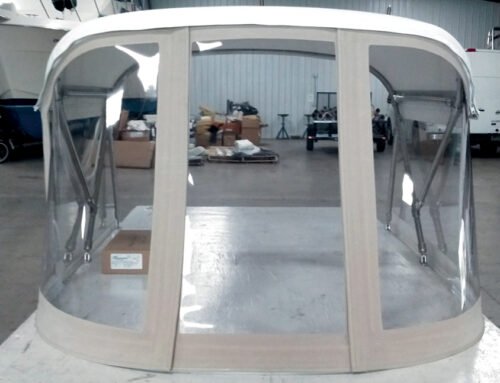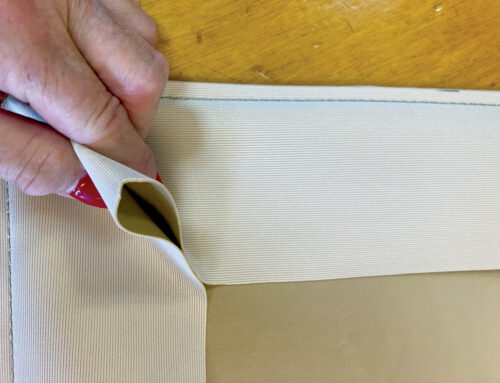Growing your small shop
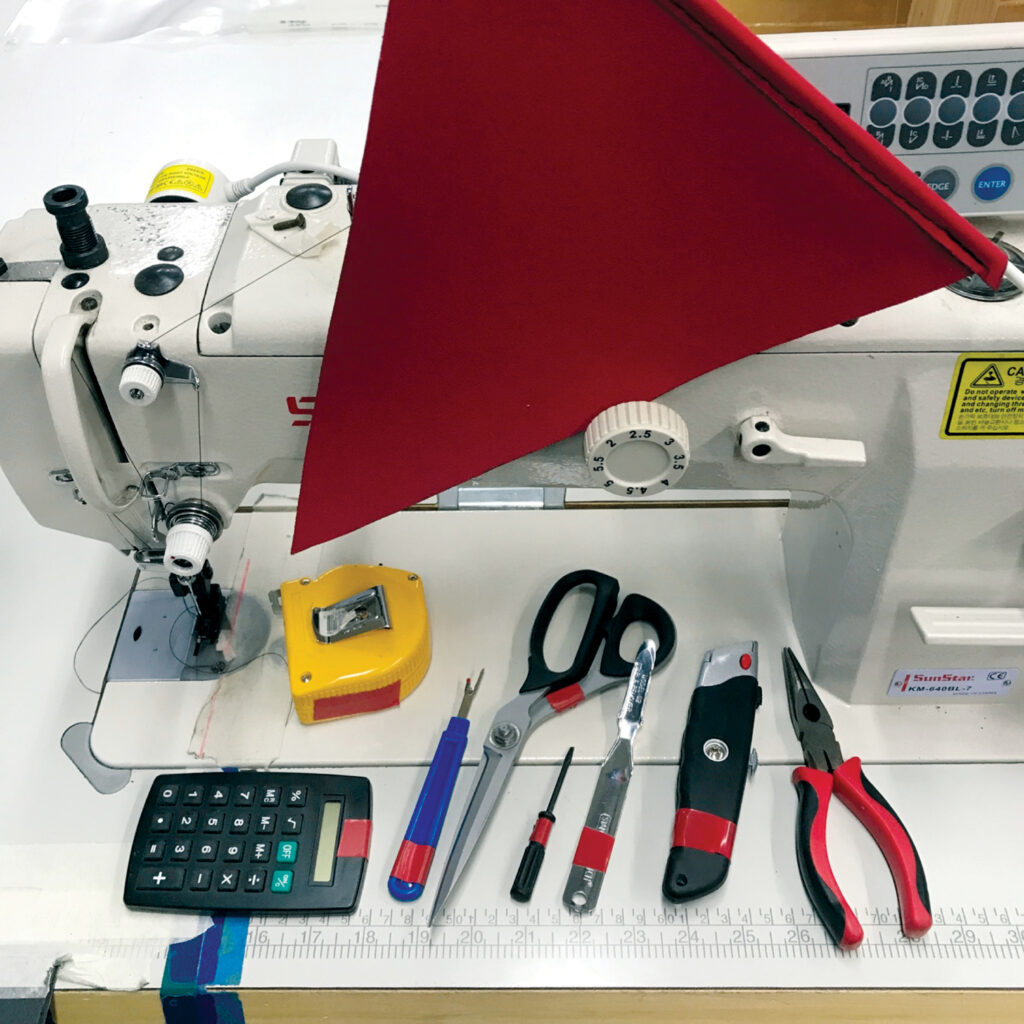
Every shop is unique and there is no one-size-fits-all solution for growing your business. Yet you can facilitate positive change at any stage by following some basic principles and taking some simple steps. There are lots of impressive tools and programs available to help your business grow, but maybe your shop isn’t ready for a certain level of financial commitment. It’s OK to start with what you have. Small steps can lead to big changes.
The following is a list of items and tasks that every shop encounters in some fashion. If your answer is “no” to any of the following questions, try choosing one or two areas each week or month to address in your shop. Small changes will add up over time and you will see progress.
At the front desk
Shop rate: It’s important not only to cover your expenses but also to value your skill and the trade. Consider a variable shop rate. Start with a base rate for repairs and simple projects that any level of employee can handle, and charge a higher rate for complex projects that require a higher level of skill and expertise.
- Are you covering your costs?
- Are you competitive in your market?
- Are you charging what you’re worth?
Pricing: Material costs frequently change. Pay attention and take the time to update your pricing on a regular basis.
- Do you know what you’re paying for materials and supplies?
- Is your pricing up to date?
- Is your markup adequate to cover not only the fabric for the job, but incidentals like needles and other basic supplies?
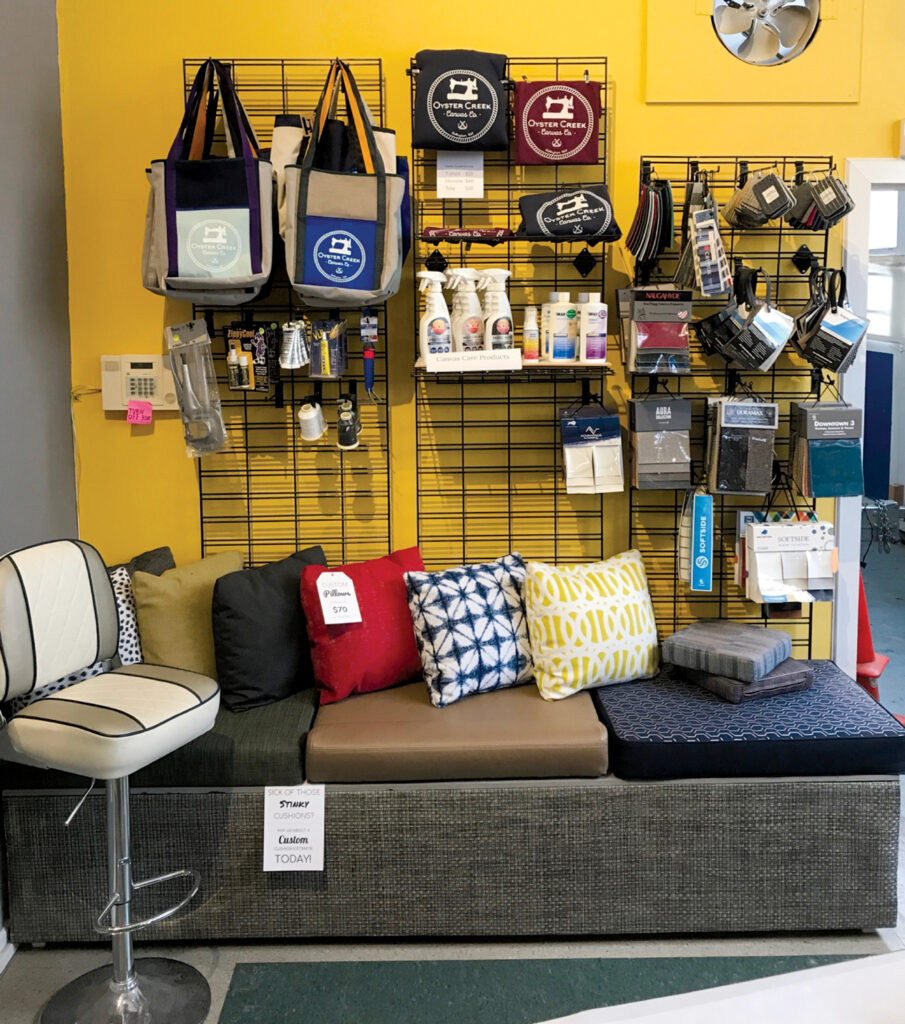
Estimates: Creating specific and itemized estimates can take a lot of time and may not allow for unforeseen complications or additional costs required to complete the job. There is no guarantee that customers will pursue their projects with you. Ballpark estimates take less of your time up-front and give you some leeway to adjust to the needs of the project as it progresses.
- Are you accurately estimating your material cost?
- Are you accurately estimating your labor?
- Are you able to estimate quickly so that you can spend the majority of your time on actualized jobs?
Deposits: Requiring a deposit in advance helps to cover costs like materials and supplies so you have what you need when it’s time to begin a project. Deposits also help to set basic expectations between you and your customers that you will complete their work and that they will pay for your services.
- Do you require a deposit prior to scheduling a project?
- Are you able to invoice for the full amount of labor and materials that the project took?
- Are your customers able to clearly understand and accept the final invoice in relation to the initial estimate they received?
Time tracking: Accurately tracking time on projects allows you to schedule, estimate and invoice more accurately. It also helps to assess team member productivity and to set goals for improved efficiency as time goes on.
- Are you tracking labor?
- Are you tracking labor accurately?
Work orders: Having a consistent and legible work order is an important part of communication with your team.
- Are your work orders clear and do they include the essential information for each project?
Scheduling: Scheduling projects can be overwhelming. It is a balancing act between what your team is able to produce in a given amount of time and the customer’s needs for timing. Variables like weather or charter schedules add complexity to the system.
- Do you have a schedule?
- Are you overcommitting to get the job?
- Are you meeting your deadlines?
Customer communication: Being honest and direct from the very first interaction will set the tone for the rest of the project. It may be necessary to educate the customer about design elements and how different materials function.
- Do your customers have an accurate idea of what their project will look like and how it will function?
- Do your customers know when to expect their project to be started and completed?
- Do your customers trust you as the expert in the construction of their project?
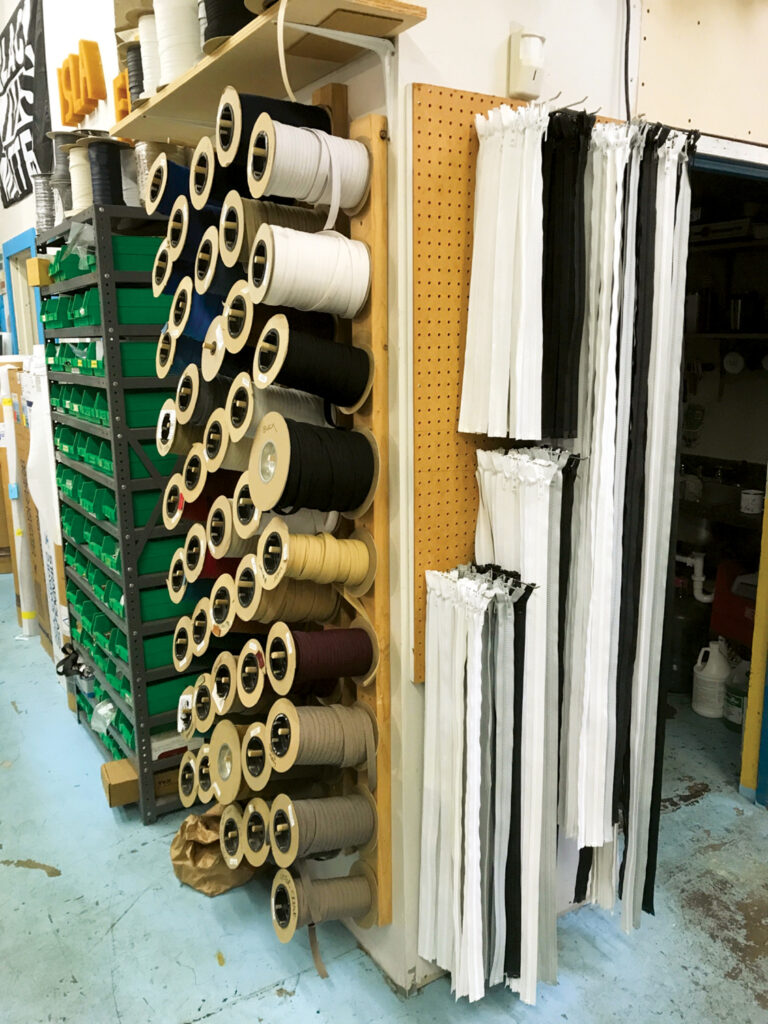
In the shop
Showroom: If you are able to have a designated area for customers, it can be a space to discuss design, show examples of your work, and choose and display the materials that you prefer to work with and are knowledgeable about. It can also provide an opportunity to sell additional items such as cleaning supplies, remnant fabric or customized merchandise.
- Do you have a dedicated space for customers to discuss their project?
- Do you have examples of your work to show?
Traffic flow: Everything from the arrangement of your machines and table to where inventory and supplies are stocked can affect how efficiently you are able to work.
- Is it easy to move around the space?
- Are there clearly designated areas for different tasks?
Work surfaces: Large or small, work surfaces should be for actively working on projects and not for storage. Rolling tables or leaf inserts can be great options for adding flexibility to your work area depending on the task at hand.
- Are there clearly defined spaces for different types or stages of projects?
- Are you able to easily transition between different tasks?
Tools: Having the right tools for the job is a great start. Developing systems to keep track of them can enhance your productivity. For example, it may help to have multiple rulers and color code them for different areas of the shop so that you spend less time chasing them down each time you need them.
- Do you have the tools you need in the place where you need them?
- Do you have enough tools for each team member to stay on task without the delay of waiting to share them?
Storage: Fabric for upcoming jobs, completed projects waiting to be installed, everyday tools and supplies all take up space. If you find yourself spending a lot of time looking for or shuffling items around your shop, it might be time to design and implement some systems for storage.
- Are supplies easy to find and access?
- Is there a clearly designated place for fabric for specific upcoming jobs?
- Are repairs and small projects in progress easy to keep track of and find when the customer comes to pick them up?
- Is your overstock material and/or scrap manageable?
This list is meant to give you ideas for areas of improvement. You may already be doing many of these, or perhaps some of them are not possible or even desirable in your particular shop setup. But look these over and decide on the goals you want to accomplish and set a time frame for doing so. Making any of these changes will help your shop become more efficient, add to your bottom line and give you a true sense of pride.
Jess Flegel has been with Oyster Creek Canvas since 2015. Her previous experiences in visual art, custom framing, teaching, and community organizing have given her opportunities to develop and implement new systems in a variety of environments. She continues to use her knowledge about organizing spaces, information and people as she learns and fine-tunes new skills in an effort to improve the working environment for herself and her teammates.
 TEXTILES.ORG
TEXTILES.ORG 




